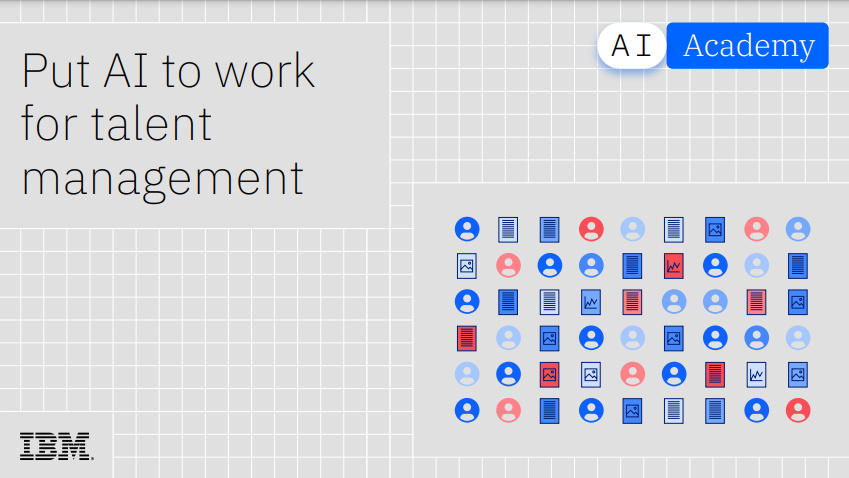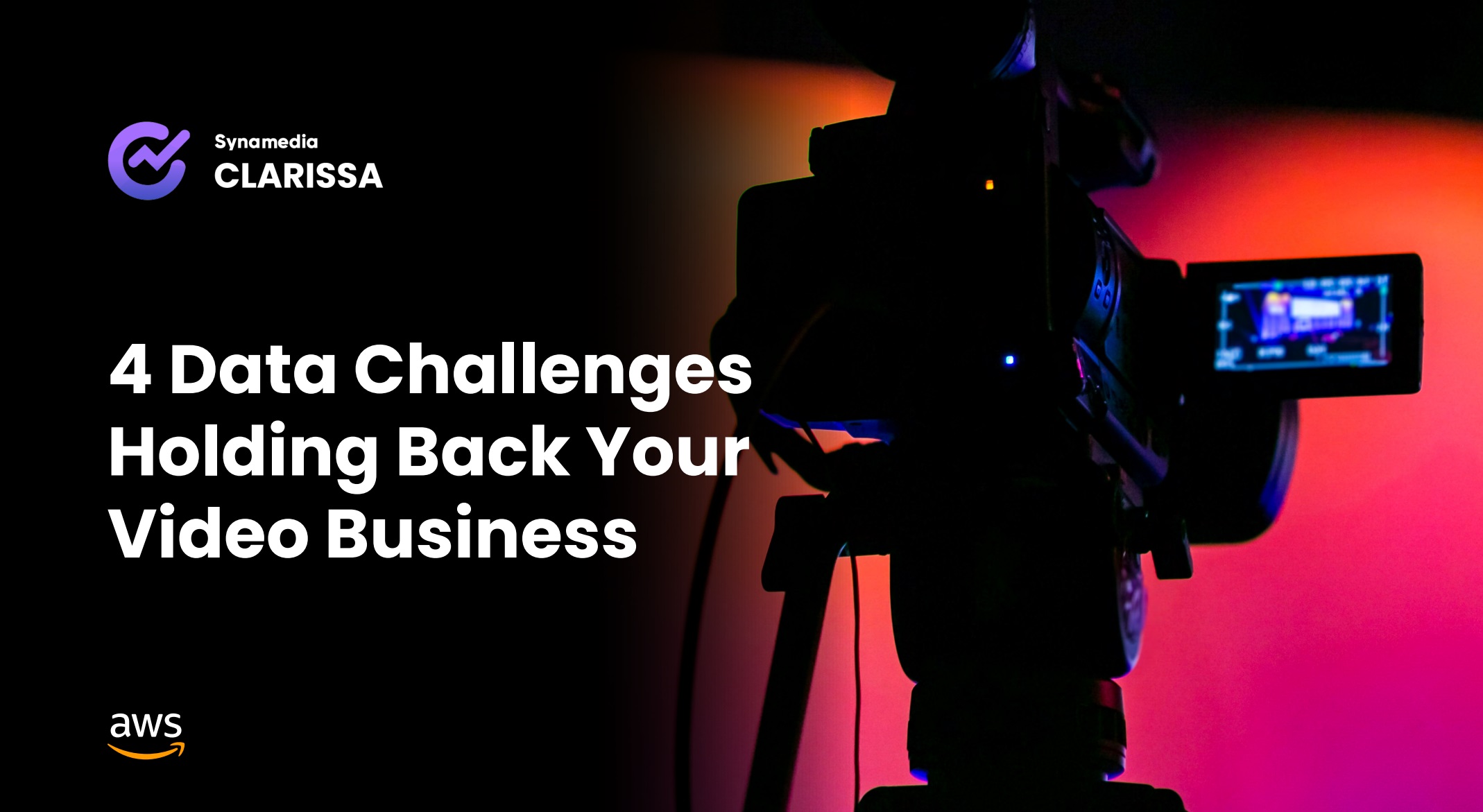Three benefits of data streaming platforms
Streaming platforms are designed to solve the explosion of data businesses face


Most organisations are facing an explosion of data coming from new applications, new business opportunities, IoT and more. The ideal architecture most envision is a clean, optimised system that allows businesses to capitalise on all that data.
Traditional systems used for solving these problems were designed in an era that pre-dates large-scale distributed systems, and they lack the ability to scale to meet the needs of the modern data-driven organisation.
Streaming platforms are designed to solve these problems in a modern, distributed architecture. There are three benefits of streaming platforms that are of increasing benefit to organisations.
Messaging done right
In traditional enterprise messaging, there are the message queues and buses that connect many internal systems. Some companies run hundreds or thousands of individual messaging brokers, each independent and tailored to a subset of apps. Classic messaging systems are neither distributed nor scalable, and often support only one or a handful of applications.
By comparison, a data streaming platform is built on a distributed systems foundation, and scales to an entire company, supporting many of the kind of core applications messaging systems are used for and more.
Hadoop made fast
One way companies come to streaming is while implementing a big data project, and discovering their real-time needs. Like a data warehouse or data lake, streaming brings together data from across the organisation.
A good data streaming platform should be built to run queries, jobs or applications continuously. Batch processing is a non-starter, because 24-hour data is seen as stale.
Get the ITPro daily newsletter
Sign up today and you will receive a free copy of our Future Focus 2025 report - the leading guidance on AI, cybersecurity and other IT challenges as per 700+ senior executives
Data integration made scalable
There have been whole generations of technologies that do nothing but handle data movement. EAI and ESBs handled quick, low volume data flow, while ETL handled slow, large volume, scalable data flow. Here, companies were traditionally forced to choose between latency or scalability and flexibility. One way to view a streaming platform is as an up-levelling of these systems where there doesn't need to be a choice between these options.
The most important point to consider is that a data streaming platform is, in its final form, an application development platform that enables continuous, scalable streams throughout a company. It does more than get data from place to place and munging it on the way; it is an infrastructure platform for building tomorrow's most advanced real-time applications.
A data streaming platform is a step change from traditional systems, able to meet the demands of a real-time world. They are designed to handle many types of data streams from across the business - including massive datasets - and distribute them in real-time.
Esther is a freelance media analyst, podcaster, and one-third of Media Voices. She has previously worked as a content marketing lead for Dennis Publishing and the Media Briefing. She writes frequently on topics such as subscriptions and tech developments for industry sites such as Digital Content Next and What’s New in Publishing. She is co-founder of the Publisher Podcast Awards and Publisher Podcast Summit; the first conference and awards dedicated to celebrating and elevating publisher podcasts.
-
 Should AI PCs be part of your next hardware refresh?
Should AI PCs be part of your next hardware refresh?AI PCs are fast becoming a business staple and a surefire way to future-proof your business
By Bobby Hellard
-
 Westcon-Comstor and Vectra AI launch brace of new channel initiatives
Westcon-Comstor and Vectra AI launch brace of new channel initiativesNews Westcon-Comstor and Vectra AI have announced the launch of two new channel growth initiatives focused on the managed security service provider (MSSP) space and AWS Marketplace.
By Daniel Todd
-
 Put AI to work for talent management
Put AI to work for talent managementWhitepaper Change the way we define jobs and the skills required to support business and employee needs
By ITPro
-
 More than a number: Your risk score explained
More than a number: Your risk score explainedWhitepaper Understanding risk score calculations
By ITPro
-
 Four data challenges holding back your video business
Four data challenges holding back your video businesswhitepaper Data-driven insights are key to making strategic business decisions that chart a winning route
By ITPro
-
 Creating a proactive, risk-aware defence in today's dynamic risk environment
Creating a proactive, risk-aware defence in today's dynamic risk environmentWhitepaper Agile risk management starts with a common language
By ITPro
-
 How to choose an HR system
How to choose an HR systemWhitepaper What IT leaders need to know
By ITPro
-
 Sustainability and TCO: Building a more power-efficient business
Sustainability and TCO: Building a more power-efficient businessWhitepaper Sustainable thinking is good for the planet and society, and your brand
By ITPro
-
 What is small data and why is it important?
What is small data and why is it important?In-depth Amid a deepening ocean of corporate information and business intelligence, it’s important to keep things manageable with small data
By Steve Cassidy
-
 Microsoft's stellar cloud performance bolsters growth amid revenue slump
Microsoft's stellar cloud performance bolsters growth amid revenue slumpNews The tech giant partly blames unstable exchange rates and increased energy costs for the slowdown
By Rory Bathgate